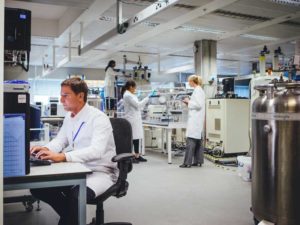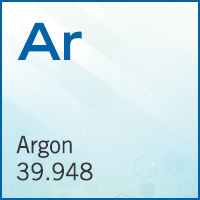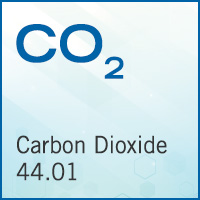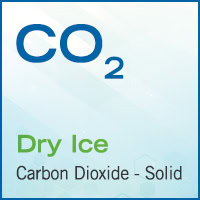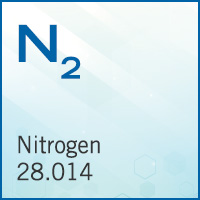Biotechnology
From research and development in laboratories to full production pharmaceutical and biotechnology facilities, CryoCarb™ offers a wide variety of high purity gases and gas mixtures.
Analytical Instruments
Gas purity is essential for the precise and repeatable operation of analytical instruments for quality control, process control, sample evaluation and monitoring. The most common applications for analytical instruments include:
- Carrier gases: high purity, inert, non-reactive gases are used to carry sample product.
- Calibration gases: high purity gases are used to provide a reference standard to compare against samples.
Analytical instruments that require gases include mass spectrometers and gas chromatographers. Common high purity gases used include argon, helium, hydrogen and nitrogen. In addition, liquid helium is used for cooling of superconductive magnet coils in magnetic resonance imaging (MRI) devices.
Cryopreservation
Cryopreservation is the process of storing biological materials at extremely low temperatures of -321°F or -196°C using liquid nitrogen. When shipping biological materials, cryo-shippers with liquid nitrogen and/or dry ice are used to maintain critical temperatures.
Extraction
Supercritical carbon dioxide is used in the extraction process of essential oils and cannabis because of its versatility. During CO2 phase changes, the differing temperatures and pressures, separate the components in the plant material. Carbon dioxide extraction is the cleanest and safest method of extraction.
Incubation
Incubators use carbon dioxide to create a safe, contaminant-free and controlled environment for cell and tissue growth. For optimal cell and tissue growth, an incubator can control humidity, temperature and atmospheric gas levels.
Gases for Biotechnology Industry
CryoCarb™ supplies gases from production plants in compliance with the U.S. Food, Drug and Administration’s current good manufacturing practices (cGMP) for pharmaceuticals and human food.
Make safety a priority and take time to learn about the risks and hazards associated with using compressed gases.
The pressure inside of cylinders is hazardous. A full compressed gas cylinder that falls and breaks its valve can travel with explosive force resulting in severe personal injury and property damage. Even at relatively low pressures, gas can flow rapidly from an open or leaking cylinder valve and cause harm.
Regulators, valves and hoses are gas specific and not necessarily interchangeable. Never tamper with safety release devices in valves. Consult with the manufacturer for complete information on how to safely use these devices.
The gases inside of cylinders have unique properties, hazards and other considerations. For example, oxygen supports combustion and increases the risk of fire. Argon, carbon dioxide, helium, nitrogen and nitrous oxide may displace oxygen and cause asphyxiation to humans and animals.
Please refer to the Safety Data Sheets (SDS) on each of our gases for hazards identification and detailed information on the physical and chemical properties of each gas. In addition, safety data sheets contain information on personal protection; safe handling, storage, transport and disposal; environmental data; firefighting and first aid measures.
We provide SDSs for all our products in solid, liquid and gaseous state for your reference. Refer to gases. If you do not see your SDS online, you may request one by emailing or calling us.
CryoCarb™ has industry partners to provide cryogenic freezers, vapor storage liquid nitrogen freezers, cryo-shippers, transfer hoses, phase separators, liquid level alarms, incubators and climate chambers.

